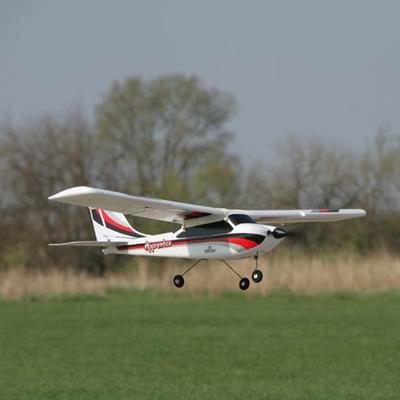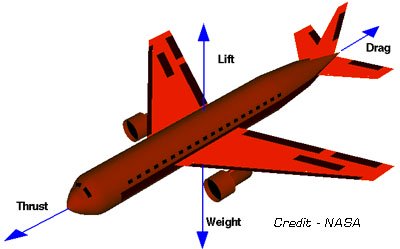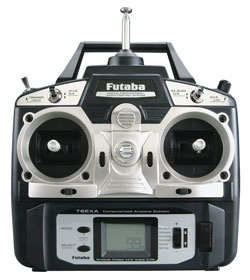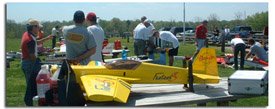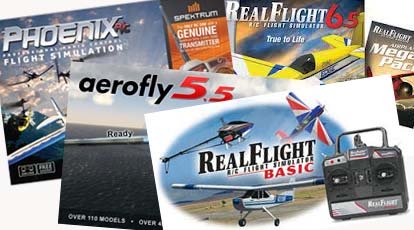Precision Aerobatics - Pattern Flying

Take Your Passion for flying RC Airplanes to the Next Level!
Precision aerobatics is a type of disciplined RC airplane flying where pilots strive to perfectly execute a series of aerobatic maneuvers.
The National Society of Radio Controlled Aerobatics is the government body for Pattern Flying RC airplane competition.
|
Don't confuse "pattern flying" with "flying the pattern". "Flying the pattern" refers to the "landing pattern" used for taking off and landing. "Pattern Flying" is a type of precision aerobatics for RC airplanes. Confusing eh? Well, at least it used to confuse me! |
The primary difference between Pattern and Scale competition is the airplanes being flown. Pattern RC Airplanes, especially in the top levels of competition, are specifically designed to fly aerobatic maneuvers perfectly.
A pattern plane's length and wingspan must be less then 2 meters, and the total weight must be less than 11 lbs. Other than that, there are really no other restrictions. |
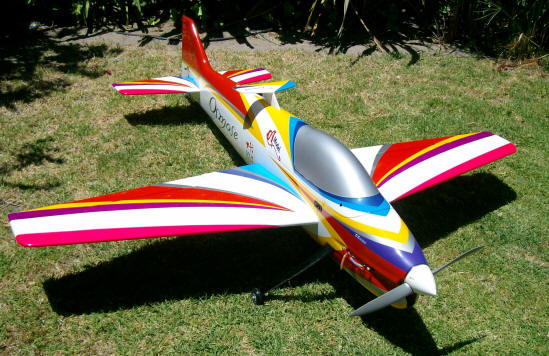
F3A Osmose: Image from Central Hobbies
On the contrary, Scale Aerobatic competitions require that the planes be exactly that, miniature versions of full scale aerobatic airplanes.
Pattern contests are set up similar to that of Scale Aerobatics with the exception of the criteria of the judging. And of course Scale Aerobatic competitions include a free style sequence.
Why Fly Precision Aerobatics?
Many pilots are perfectly content flying around aimlessly while "boring holes" in the sky. And there's nothing wrong with that if that's what makes you happy!
Perfecting aerobatic maneuvers gives you a purpose and a set of goals to work towards when flying your RC airplane. You not only compete with others, but you compete with yourself as you strive to perfect each maneuver by practicing them over and over.
Most pattern pilots consider themselves as their biggest competitor!
It takes a lot of discipline to really get good at pattern flying. But there's more to it than just flying. You will develop long lasting friendships with NSRCA members all across the country.
It's a huge family of pilots that share a common interest and strive to help one another succeed by sharing their experiences with different types of aircraft, set-ups, and flying techniques.
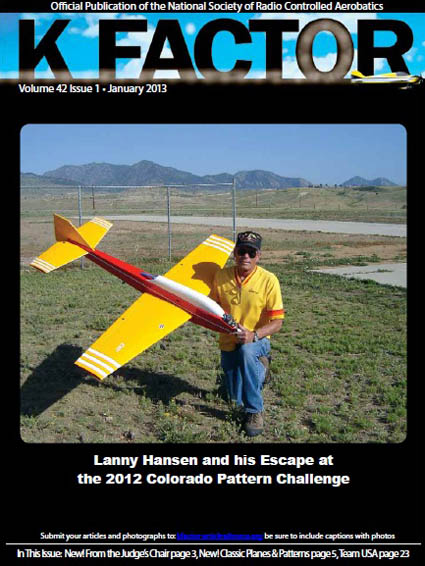
By joining the NSRCA you will receive a monthly publication called the K-Factor that not only keeps you up-to-date on what's happening with the NSRCA, but also has really good articles sharing information and techniques that have worked well for others.
Governing Bodies
The National Society for Radio Controlled Aerobatics (NSRCA) is a special interest group of the AMA that governs pattern competitions in the United States.
The FAI-F3A is the international level of competition for pattern-type aerobatics. That's a commonly used Acronym, so let me break it down for you a little bit so you know exactly what it means.
The FAI("Fédération Aéronautique Internationale") also called "The World Air Sport Federation" holds international contests for all areas of aviation. Section F3A of the FAI is specifically for "Aerobatic Power Model Aircraft".
Getting Your Feet Wet
Of course, it always helps when you can find someone else in your area that flies pattern. If there is no one at your local club, find out what district you are in and shoot the district VP an email.
The NSRCA really encourages anyone who is interested in flying pattern to give it a try. Most contest directors, or CD's, will allow RC airplanes that are slightly out of specification to be flown in the Sportsman level.
This allows the average pilot give it a try with just about any sport-type or scale-type RC airplane. Just be sure to contact the CD before purchasing a plane for a contest.
World-Wide Precision Aerobatics
Of course you don't have to live in America to enjoy precision aerobatics! Contact your local model aviation governing body for more details.
- Great Britain RC Aerobatic Association
- Australia Pattern Association
- F3A Sweden
- Model Flying New Zealand
- Model Aeronautics Association of Canada
Home > RC Aerobatics > NSRCA Precision Aerobatics
Let’s Go Flying! |
|
5 Steps for Successful First Flight! When the RC bug bites, it bites hard! Control yourself my friend! Save yourself much time and money by following these five steps to success! |
